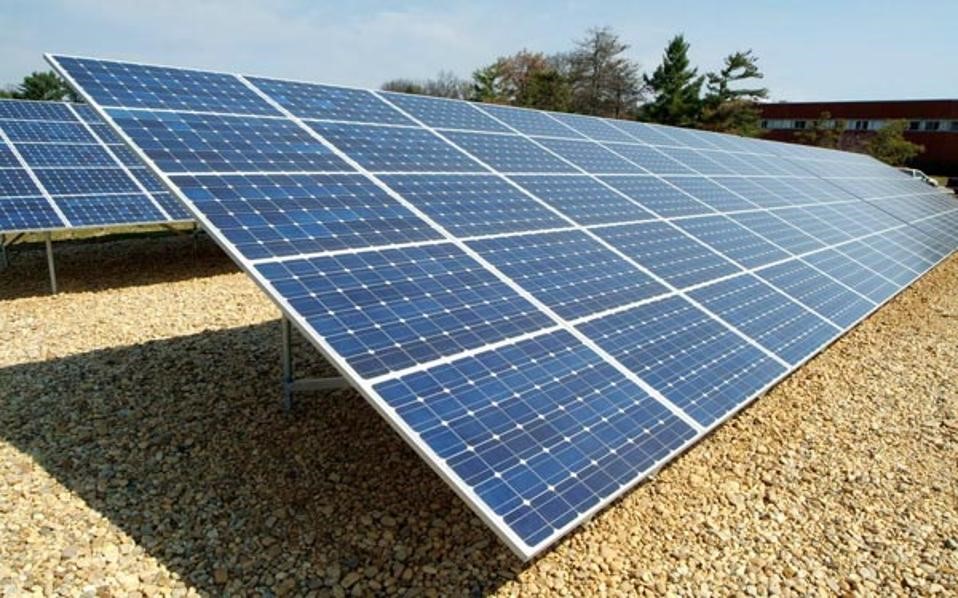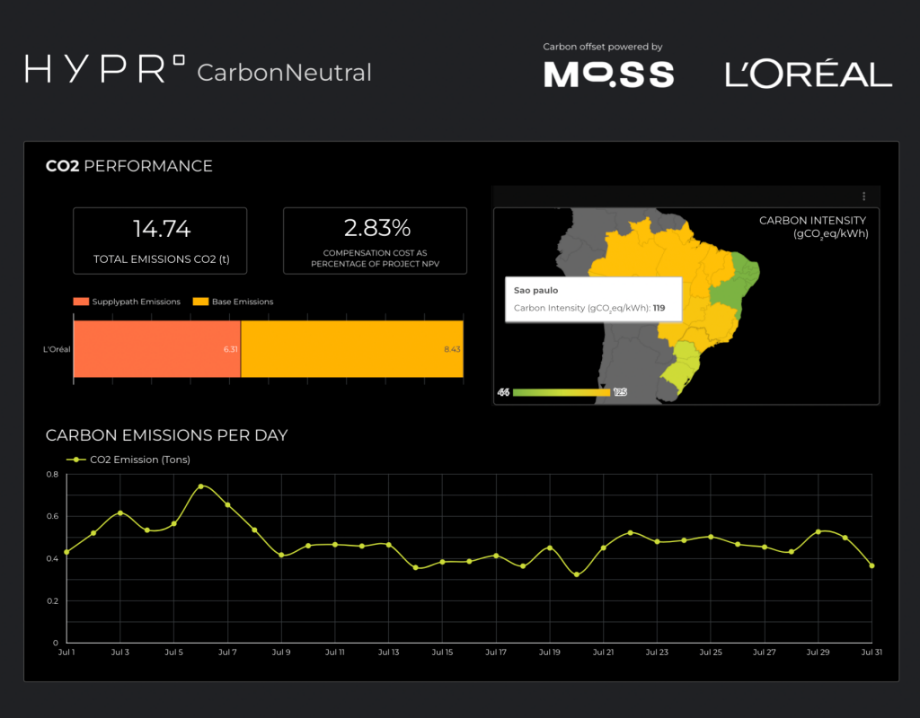- During the first few months of the isolation resulting from the COVID 19 pandemic, in 2020, Internet use grew by 40%, using 42.6 million megawatt-hours of additional electricity;
- Fifty million tons of e-waste are generated annually. It is important that we dispose of electronic equipment properly;
- The shift to renewable energy sources – such as a small, solar electrical system – is becoming increasingly affordable;
Humanity’s digital use is on the rise and so is our carbon footprint.
As of May 2020, a third of employed people were doing their jobs remotely as a result of the coronavirus. While taking our work (and many other aspects of our lives) online seems more sustainable – as our need to travel lessens and hardcopies become obsolete – it intensifies our digital carbon footprint and carries a huge environmental cost.
Daily use of our devices requires a substantial amount of electricity, much of which is generated by fossil fuels. During the first few months of quarantine periods due to the COVID-19 pandemic between January and March 2020, internet usage grew by 40%, requiring 42.6 million megawatt-hours of additional electricity, according to a study by Yale University in 2021. The manufacturing process of our computers, cell phones, tablets and other devices also has serious environmental consequences – including mining and transporting the minerals needed to create the various chips and batteries that are needed for them – as well as its disposal. The rapid turnover of electronic equipment, which has become so common, generates huge amounts of electronic waste, which ends up in landfills or is transported abroad, where hazardous substances can be spilt and become serious threats to public health and the environment.
However, the impact of our digital lives goes beyond these more visible consequences. That email, digital photo album, online training class or shared work document saved in the cloud doesn’t just exist in any nebulous, carbon-free space. The internet and our stored data are supported by data centers: huge spaces that house energy-intensive servers that store large amounts of data. These centers require a lot of electricity to run, including all the equipment needed to cool the machines and maintain temperature-controlled environments.
These data centers and data transmission networks use 2% of global electricity consumption, according to the International Energy Agency, a figure comparable to the entire aviation sector. Some strides are being made towards more energy-efficient data centers, is expected to produce 14% of the world’s total emissions (approximately what is emitted by the US today).



